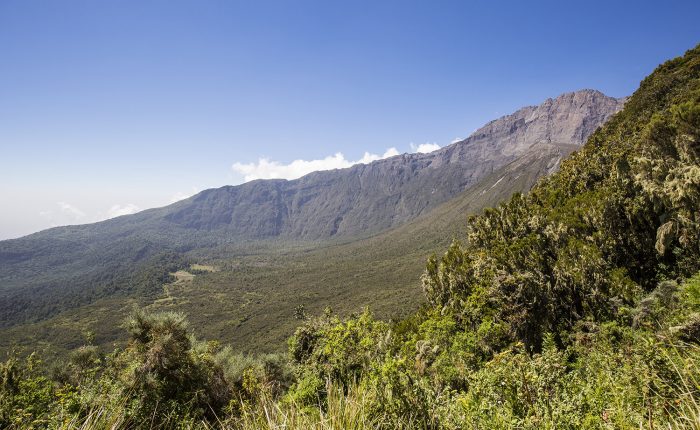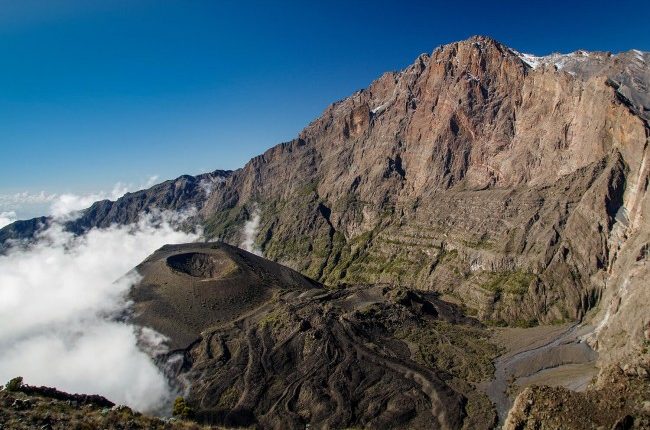Adding item to wishlist requires an account
Don't have an account? Create one.
Why Book With Us?
- No-hassle best price guarantee
- Customer care available 24/7
- Hand-picked Tours & Activities
- Best Safari Guides
Get a Question?
Do not hesitate to give us a call. We are an expert team and we are happy to talk to you.
+255 742 688 249
info@safarinugguets.com
Machame Route – 6 to 7 Days Kilimanjaro Climbing
- 6 to 7 Days
- Max People : 32
- Wifi Available
- Jan 18’ - Dec 21'
- Min Age : 5+
- Pickup: Airpot
Take the famous “Whiskey Route” up Africa’s highest mountain
The incredible tour Mount Kilimanjaro on Machame Route trek is the perfect way to conquer Africa’s tallest mountain! This tour takes you up Mount Kilimanjaro by the Machame route. This popular “Whiskey” route is the most scenic way to trek up the mountain and offers ease of acclimatization.
Although it has some of the most challenging sections of the trail, it is also longer than some of the other routes, which gives you a better chance to acclimate to the thin air.
The Mount Kilimanjaro on Machame Route tour includes everything you need to cross this epic trek off your bucket list. Guides, porters, cooks, meals, and tents are all provided so that you can focus on the trail. This route circles Uhuru Peak, giving you a chance to see the summit from all angles.
You’ll also be trekking past some other epic scenery, like the stunning Shira Plateau, Lava Tower, and the impressive Barranco Wall.
Your final ascent begins at midnight so that you can experience the spectacular sunrise from Stella Point before you tackle the summit! How unforgettable?
You’ll have the whole final night on the mountain and hike the next morning to share your summit stories with your fellow trekkers. The Mount Kilimanjaro on Machame Route is an opportunity not to be missed.
Departure & Return Location
Arusha town (Google Map)
Departure Time
3 Hours Before Flight Time
Price Includes
- Airport Pickup & Transfer
- 3 Nights Hotel Accommodation in Arusha
- Kilimanjaro Tour Guide
- Entrance Park Fees
- Transport to and from the airport
- All meals per itinerary (B=Breakfast, L=Lunch, D=Dinner)
- All tours and entrance fees per itinerary (unless listed as excluded)
- Emergency Oxygen (2L canister)
- Oximeters
- All transportation and transfers per itinerary
- Camping fees
- Tents, foam sleeping pads, cooking equipment, and eating utensils
- Rescue fees (as required by national park)
- Certified, experienced, English-speaking guides for all routes
- Salaries for all crew members
Price Excludes
- International and domestic flights
- Tips for guides, drivers, hotel staff
- Any Private Expenses
- Beverages and alcohol
Complementaries
- Umbrella
- Kilimanjaro Coffee
- T-Shirt
Highlights of the 6-day Mount Kilimanjaro on Machame Route
- Experience the incredible sunrise from Stella Point as you sip coffee before a day of hiking.
- Challenge yourself with a scramble of the Lava Tower before you take on the Barranca Wall.
- Camp on the mountainside, surrounded by the gorgeous views of the Shira Plateau.
- Conquer the highest peak in Africa, Mount Kilimanjaro, a major achievement for any hiker.
Itinerary
Day 0Pre-trek night and briefing
Your pre-trek meeting will be today after you arrive in Moshi and transfer to your hotel, and here you’ll receive important information. Your guides will review your equipment so that any rentals required can be arranged.
Overnight Location: Hotel in Moshi
Distance: None
Meals: None
Day 1Trek to Machame Camp
Depart in the morning from your Moshi hotel to the trailhead at Machame Gate. Today’s path winds through the rainforest and up the ridge to Machame Camp. You may want to have your gaiters and trekking poles out as this section of trail can get muddy. Day one is done, nice work!
Overnight Location: Camping on Mount Kilimanjaro (3,026m / 9,927ft)
Distance: 5-6 hours, 11 km, 1220m elevation gain
Meals: Breakfast, lunch, dinner
Day 2Short trek to Shira Camp
Today’s trek is a shorter one. Leaving the rainforest behind, you’ll enjoy open vistas as the trail ascends the ridge to Shira Camp. Enjoy the tremendous views of Shira Ridge and Mount Kilimanjaro from camp tonight.
Overnight Location: Camping on Mount Kilimanjaro (3,766m / 12,355ft)
Distance: 4-5 hours, 5 km, 800m elevation gain
Meals: Breakfast, lunch, dinner
Day 3Lava Tower and Mount Kibo en route to Barranco Camp
Leaving the beautiful Shira Plateau behind, you’ll continue your trek upwards. Grab your camera as your approach the Lava Tower and keep it handy for the scenic view of Mount Kibo at the end of the day.
The trail will help you get acclimatized to the elevation as it brings you up over 4500m for the first time on this trek. Not to worry, you’ll have an elevation break tonight at camp, as Barranco camp sits only slightly higher than where you were last night.
Overnight Location: Camping on Mount Kilimanjaro (3,983m / 13,067ft)
Distance: 5-6 hours, 10 km, 863m of ascent, 646m of descent
Meals: Breakfast, lunch, dinner
Day 4Climb the Barranco Wall and cross the Karanga Valley
Yesterday’s scenic view of the Barranco Wall becomes today’s objective. The wall is a strenuous hike and may require occasional support from your hands as it is quite steep. The other side descends more gently into the beautiful Karanga Valley. By the time you reach Barafu Camp, you’ll have completed the South Circuit and experienced views of the summit from every angle.
Overnight Location: Camping on Mount Kilimanjaro (4,645m / 15,239ft)
Distance: 6-8 hours, 9 km, 700m of elevation gain
Meals: Breakfast, lunch, dinner
Day 5Early morning trek to summit and descent to Mweka Camp
Today is the day! Your early morning trek begins just after midnight so that you can experience the sunrise from Stella Point, or if you’re fast, from the summit itself. This last stretch is the most difficult of the trek. The terrain is steep, with heavy scree up to Stella Point. You’re also likely to be hiking through the snow for the final hour of ascent to Uhuru Peak. Keep pushing!
Once you’ve celebrated being at the highest point in all of Africa, it’s time to head back down. The trail down to Mweka Camp is loose gravel and steep in sections, so you may want to have your trekking poles handy.
Overnight Location: Camping on Mount Kilimanjaro (3,110m / 10,203ft)
Distance: 10-13 hours, 18km, 1,195m of ascent, 2,805m of descent
Meals: Breakfast, lunch, dinner
Day 6Final descent to Mweka Gate
After a good night’s rest and lots of much-needed oxygen, you can begin the final leg of your trek. Dress in layers, as it will warm up as you descend back into the rainforest climate. You’ll receive your summit certificate at the Mweka Park gate and be met by the vehicle that will transport you back to your hotel in Moshi.
Overnight Location: Hotel in Moshi
Distance: 3-4 hours, 10 km, 1410m of descent
Meals: Breakfast
Day 7Departure day
Today, after a well-deserved rest, you’ll depart Moshi after the transfer to the airport. Goodbye, Kilimanjaro!
Overnight Location: None
Distance: None
Meals: Breakfast
Kilimanjaro Route Map
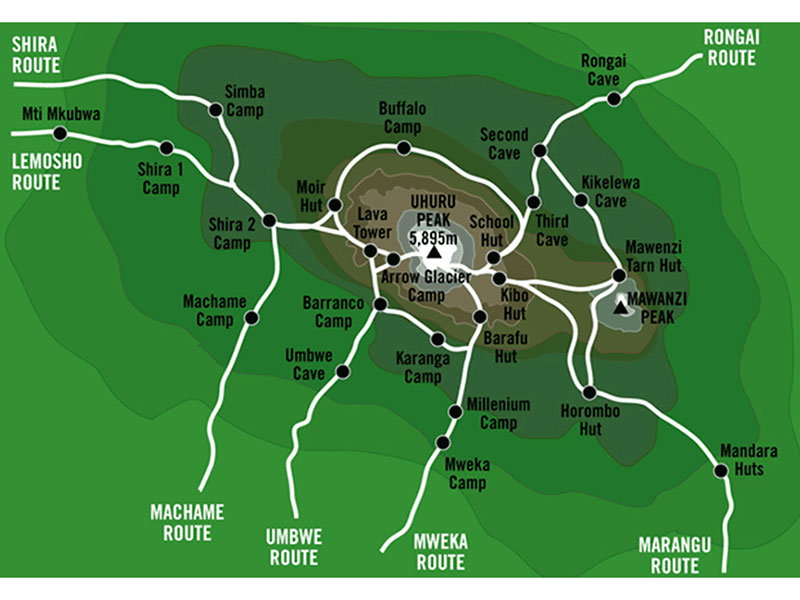
FAQ
1) How much time do I need to climb Mount Kilimanjaro?
We recommend a minimum of eight days from the USA and Europe, although some people may wish more time for the trip. We can customize itineraries or routes to offer more days in the park(s). Some people may wish to climb nearby Mount Meru as well. If you have more than eight or nine days, you can choose any of the main routes on the mountain and still have time for a wildlife safari before or after your trip.
2) What is the best time of year to climb Mount Kilimanjaro?
You can climb any month of the year. At lower elevations, April, May, and November are quite wet while March and June are transitional months. August and September are the coldest and driest months. January, February, July, August, and September are all popular climbing months.
3) How far do I hike each day?
We can measure each day in walking hours rather than kilometers. Most days, other than the summit day, will begin with breakfast around 6:30 AM and departure at 7 AM. You will walk four to five hours with a break for lunch followed by another hour or two of hiking in the afternoon. These days are not long or difficult and you will be advised to walk slowly.
4) Why do we make the final ascent in the pre-dawn darkness?
Most groups will start for the summit on ascent day around 11 PM to midnight, depending on the perceived fitness of the group, the weather, and the route. The pre-dawn hours are ideal to start the ascent to the summit as it is cold but also calm and clear. It is rare to find cloudy weather at the summit at dawn any time of year and at dawn, you have the best view.
On the other hand, if you leave in the early morning, it could be very windy and the ascent becomes more difficult. The ascent day is a long hiking day, so it is better to start early and walk slowly. It can take up to 15 hours to reach the summit and descend to the camp for that night.
5) How much weight will I have to wear and where can I leave unnecessary luggage?
You will simply carry a day pack of about two to four kilograms, although some people carry more or less. Your gear (not to exceed twelve kilograms) will be placed inside a waterproof duffle at the trailhead and a porter will carry this for you. If you have things that you do not need on the climb, you may leave a bag behind at Arusha.
6) What kind of staff will accompany me on the climb?
The usual ratio is three or four local staff for each climber, although small groups may have four or five staff per climber. The staff usually consists of an English-speaking guide or guides, a professional cooker, and gear-carrying porters. We encourage you to interact with your staff. They are all trustworthy, local people who have grown up in the shadow of the mountain. Many of them have climbed the peak a hundred or more times.
7) What is provided and what do I have to bring?
We provide tents, camping gear, food, utensils, and leadership. You should bring your own sleeping bag, water system, personal clothing, light duffle bag, and day pack. Hiking poles can be rented.
A packing list is provided to all climbers, along with our pre-departure packet:
• 1 mountaineering sleeping bag (usually a below 10-degree rating or better is recommended)
• 2-3 liters water canteen (sturdy plastic or steel)
• 1 LED flashlight with spare batteries
• 1 Pair of comfortable trekking boots
• 1 towel
• 2 pairs of thick thermal socks and several pairs of regular socks
• 2 fleece jackets
• 1 down jacket or long-sleeved wind-breaker (down jacket is unnecessary if you have good fleece jackets)
• 1 set of thermal underwear (i.e. thermal vest and long jeans)
• 2 pairs of trekking trousers
• 1 waterproof jacket
• 1 pair of waterproof trousers
• 1 balaclava or ski-mask
• 1 sun hat
• 1 pair of sunglasses
8) What kind of tents will I sleep in? What are the huts on the Marangu Route like?
Your tents are mountain-style, double-walled, mosquito-netted, and durably-floored with waterproof material. While technically rated as three-person tents, they accommodate two people very comfortably. Tents are erected and packed up by the portering staff. There is enough space for tall people to stretch out and room for your gear within the tent. On the Marangu Route, the huts are just large enough for four bunks built against the walls of A-frame cubicles. Tall hikers will feel cramped. Gear is stored on the floor. Wash and toilet facilities are shared and are outside of the bungalows.
9) What is the food like?
Breakfast includes tea, coffee, milk, eggs, toast, porridge, cereals, bread, fruits, bacon, sausages, etc.
Lunch is a picnic lunch on the way the first day while it is hot lunch the next day with hot soups, bread, vegetables, fruits, salad, cookies, beef, chicken or fish, potatoes, pasta, or rice with sauce.
Dinner starts with hot soups, followed by the main course (pasta or rice, meat), desserts, and ends with hot drinks.
10) Drinking water—is it safe and is there enough for all climbers?
You will have enough drinkable water during the trip. To keep your system running normally, we recommend you bring two bottles and use tablets to purify water (you can buy tablets in Arusha).
11)What happens if some members of the party need to turn back before the summit?
No one is forced to go on. There is always enough staff to split the group according to needs and regroup later at the camp. Most people have no trouble reaching the highest campsite. If some party members decide not to climb the final distance to the peak or cannot proceed at any point in time, they can wait for the other group climbers to come back or can go down with a guide following the same way or take a lateral path to the descent route.
12) What are the health issues on Mount Kilimanjaro?
You must arrive healthy and fit. A simple cold or another respiratory sickness can become worse during trekking. There is no malaria risk on the mountain and insect bites are very rare.
13) What kind of help is available in case of an emergency?
We always have a first aid kit with us and guides are well trained on first aid. Serious injuries are very rate and Kilimanjaro National Park has a rescue team in case of emergency.
14) Is bottled oxygen necessary or available on the climb?
Bottled oxygen is not routinely available on this climb and is not included in the price of the trip. The most immediate treatment for serious altitude sickness is rapid descent, which is always possible on Mount Kilimanjaro. Virtually no climbers on the mountain carry oxygen. If upon reaching the final campsite before the ascent your guide judges you to have serious symptoms of altitude sickness, you will not be permitted to attempt the final climb. Oxygen may be available on an emergency basis or at an added cost, but not as an aid for climbers who have not acclimatized adequately on their own.
15) Do I need to get any vaccinations before I leave?
Check with your doctor and the Center for Disease Control (CDC) for current recommendations. None are required for entry to Tanzania from the USA and Europe or for re-entry to the USA and Europe. If you come from a yellow fever endemic country by road, proof of vaccination is required.
16) Will I need a VISA?
Yes, you can obtain it in advance or on arrival in Tanzania at the international airport.
17) Why can I find cheaper prices for the same route?
The major sources of cost variations are the money spent on food, off-mountain accommodation, porter and guide wages, tents, and the cost of getting to the mountain.
Safari Nuggets is determined to provide the best food, best guides, and porters, best tents and equipment, top quality before-and-after-climb accommodation, a full professional pre-climb orientation, insurance for all staff, and inclusion of all park permits, meals, transfers, and local hosting costs. On some of the least expensive trips, food is minimal and often prepared by frying. As guides and porters are expected to cover part of their wages with tips, these companies cannot attract the best staff. Often, they do not provide full warm clothing to staff. The mountain is hard on tents which are expensive in Tanzania, meaning that tents on cheap trips are often worn or dirty.
Our approach is not to provide the cheapest trip, but rather to do everything we can to increase the likelihood you will reach the summit and enjoy the overall experience with a staff of people who are well qualified and compensated for the extraordinary assistance they provide to you.
We invite you to report your issues/requests/questions to the Safari Nuggets office or your guide during the hiking.
Related Tours
Design your own trip
Get in touch with our Tour Consultant to start planning your own unforgettable experience
Contact us
- +255 742 688 249
- info@safarinuggets.com


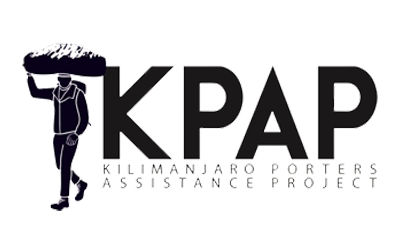
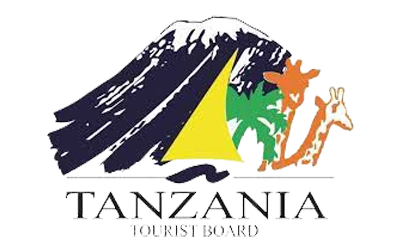
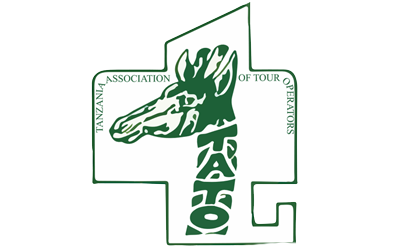
© 2023 Safari Nuggets – All Rights Reserved.


